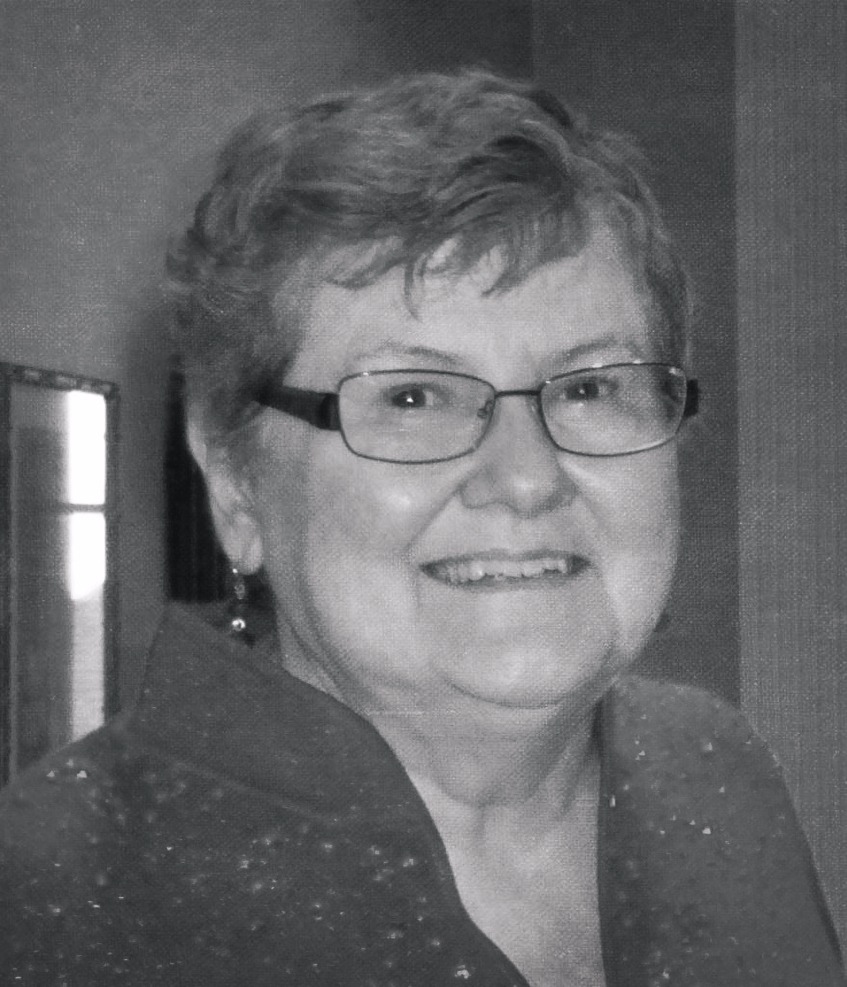Writing Concisely – Part One
“If it is possible to cut a word out, always cut it,” wrote George Orwell, author of Animal Farm and 1984, in his 1946 essay, “Politics and the English Language.” To be a concise writer means being comprehensive, but brief. Consideration of word choice, excess words, redundancy, and affirmative language contributes to writing concisely.
Word Choice
Avoid clichés, idioms, and euphemisms. Clichés are overworked phrases that once said something in a unique way, such as, “don’t push the envelope,” “ladder of success,” or “take the bull by the horns,” but they have lost their meaningfulness. Idioms are similar; they are phrases that cannot be translated or understood by looking at the meanings of the individual words. “A flash in the pan” or “in the nick of time” both exemplify idioms. Euphemisms disguise uncomfortable ideas by giving them new descriptors, such as the military terms, “collateral damage” or “friendly fire.” Some euphemisms are well-meaning, but they are more for the speaker/writer’s comfort than for people they want to protect.
Use stronger words in place of longer, vague phrases. Purdue University (Purdue Owl) gives some clear examples:
Wordy: Our Web site has made available many of the things you can use for making a decision on the best dentist.
Concise: Our website presents criteria for determining the best dentist.
Wordy: Sue believed but could not confirm that Billy had feelings of affection for her.
Concise: Suzie assumed that Billy adored her.
Excess Words
Eliminate words that are unnecessary qualifiers, like, “I think,” “I feel,” or “in my opinion.” They do not add to the message and show a lack of confidence. Firm statements have more power without such qualifiers. Compare these two sentences:
Weak: I believe that peaceful protests bring positive results.
Stronger: Peaceful protests bring positive results.
Similarly, introductory phrases that add nothing to the meaning should be avoided, as in, “The purpose of my paper is to…” Write a sentence that states a concise point. Last, some phrases say nothing: “both x and y” (eliminate “both”) or “during the course of” (eliminate “the course of”).
Redundancy
A pleonasm is a phrase that has repetitive words, for example, “the reason why,” “twelve noon,” or “true fact.” Avoid using word pairs that are redundant, such as, “each and every,” “full and complete,” “always and forever,” or “cease and desist.” “ATM machine” is an abbreviated redundancy in that “ATM” stands for automated teller machine, so why use the word “machine” after the abbreviation? “HIV (human immunodeficiency virus) virus” and “CPU (central processing unit) unit” illustrate this error.
Affirmatives vs. Negatives
Affirmative statements use fewer words and avoid confusion.
Original sentence: If you do not have more than five years of experience, do not call for an interview if you have not already spoken to human resources.
Revision: Applicants with more than five years of experience can bypass human resources and call for an interview.
Writers can alter some negatives by substituting prefixes such as a–, dis–, il–, im-, in-, ir–, non–, or un–, which saves using the word “not.”
She didn’t discriminate.
She was nondiscriminatory.
Another way to eliminate excess negative words is to substitute a word which makes a more dynamic statement.
His writing was not improving.
His writing was stagnating.
Concise writing is a learned skill. Sometimes a lack of concision comes from bad habits, but careful editing can remove poor word choice, excess words, redundancy, and confusing negative statements.
In Part Two of this article, we’ll look at other ways to become concise by eliminating weasel words and unnecessary adverbs, as well as overused prepositions and forms of “to be.” This article will also suggest avoiding expletives (“there is/are”) and reducing clauses to phrases and phrases to single words.

Diane Repass is a retired tenured assistant professor
from The University of Dubuque and now a beloved
writer for Plaid Swan Inc. She received her M.A. from
The University of Northern Iowa in Cedar Falls, Iowa.

